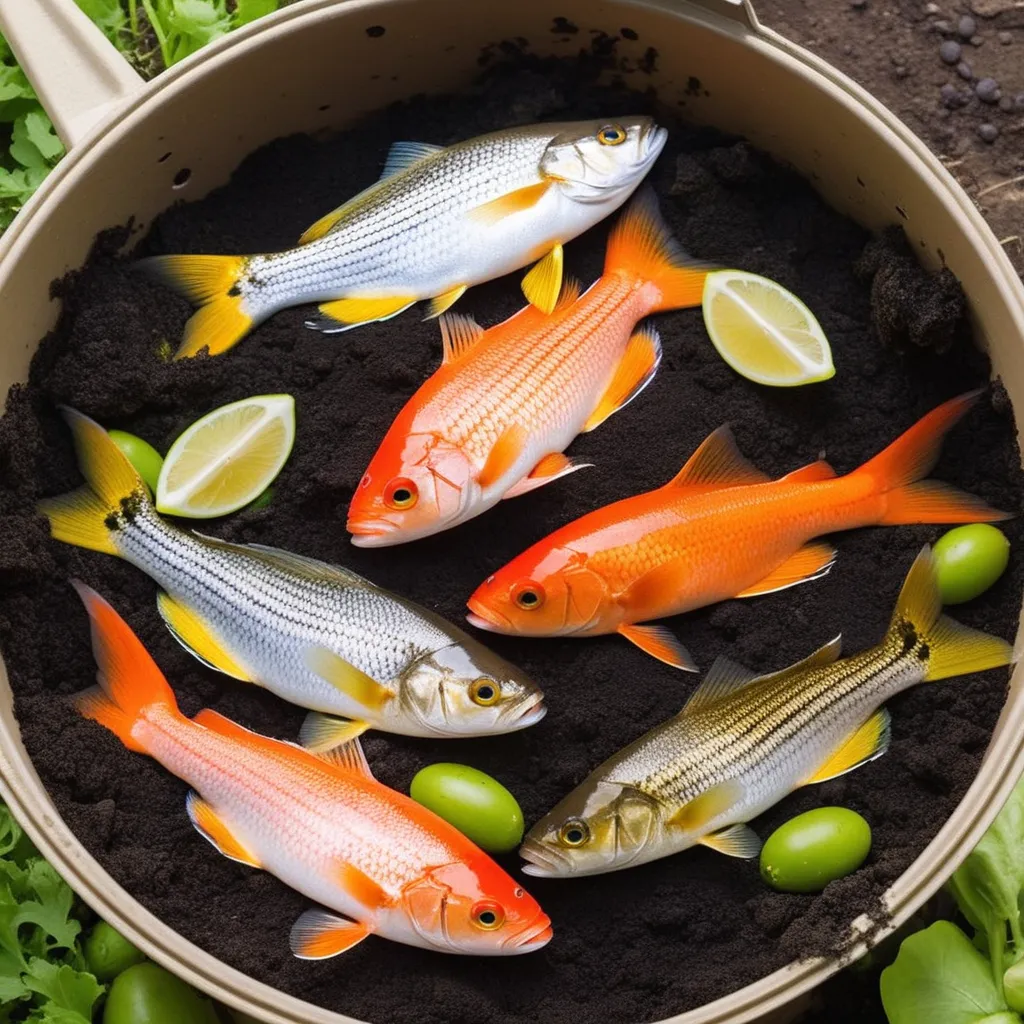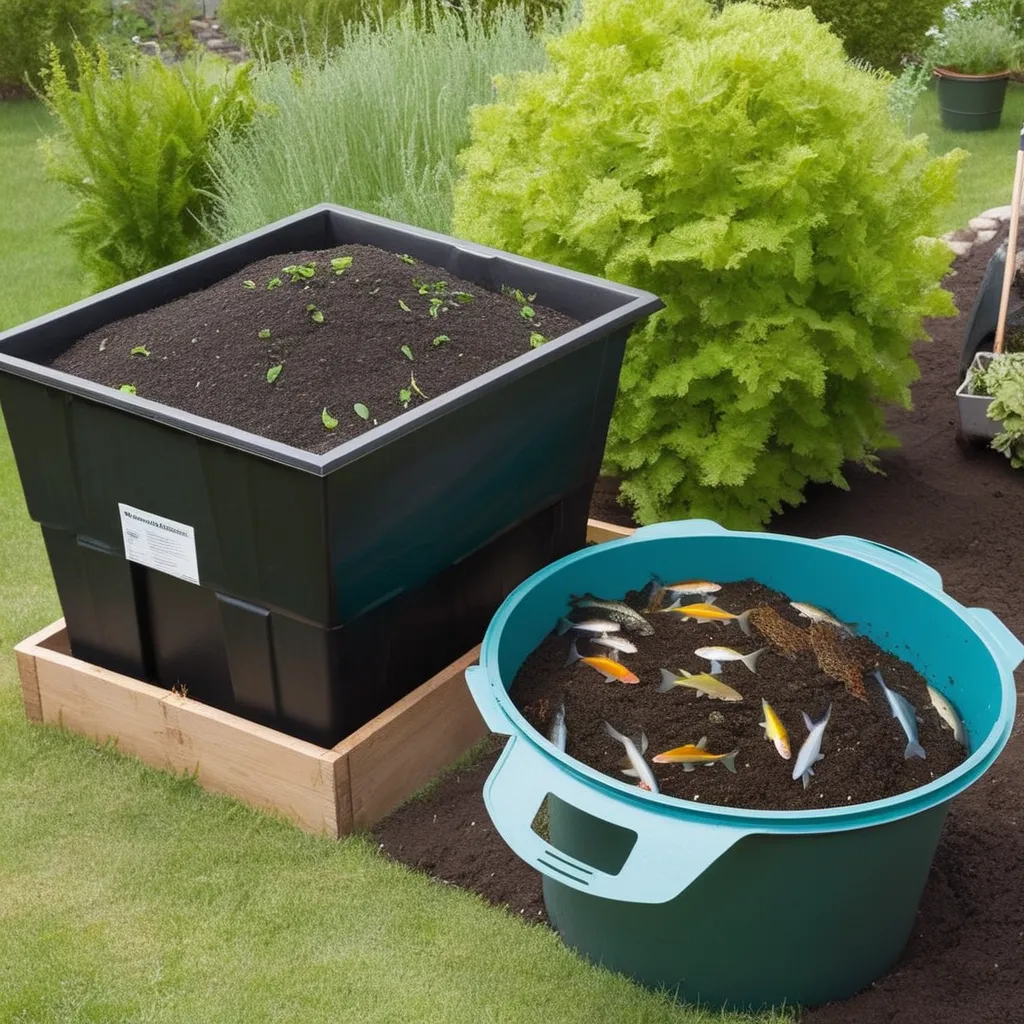How to Compost Fish Remains: A Guide to Sustainable Gardening
How to Compost Fish Remains: A Guide to Sustainable Gardening
Composting fish remains is an age-old practice that enriches soil with nutrients, promoting a sustainable and eco-friendly gardening approach. While the idea of composting fish may seem daunting due to potential odors and pests, with the right techniques, it can be a surprisingly simple and beneficial process. This guide will show you how to compost fish remains effectively, turning waste into garden gold.

Benefits of Fish Composting
Fish remains are rich in nitrogen, phosphorus, and calcium, essential nutrients for plant growth. Composting them not only reduces waste but also creates a high-quality fertilizer for your garden.
Preparing Fish Remains for Composting
1. Remove Inedible Parts
- Begin by removing inedible parts like large bones and scales, which can take longer to decompose.
2. Chop or Grind
- Smaller pieces decompose faster, so consider chopping or grinding the fish remains.
Choosing the Right Composting Method
1. Traditional Compost Pile or Bin
- You can add fish remains to a regular compost pile or bin, but it’s crucial to bury them deep within the pile to minimize odors and deter pests.
2. Bokashi Composting
- An alternative method is Bokashi composting, which involves fermenting organic waste, including fish, in a sealed container with a special Bokashi bran.
Layering Your Compost
1. Balancing Green and Brown Materials
- Balance the nitrogen-rich fish remains (green material) with carbon-rich brown materials like dried leaves, straw, or shredded paper.
2. Layering Technique
- Layer the fish remains between thick layers of brown materials to help absorb odors and speed up the composting process.
Managing the Compost
1. Regular Turning
- Regularly turn your compost pile to aerate it, which speeds up the decomposition process and reduces odor.
2. Monitoring Moisture Levels
- The compost should be moist but not soggy. Adjust by adding water or more brown materials as needed.
Precautions and Tips
- Pest Control: To prevent attracting rodents or other pests, ensure the fish remains are well-covered.
- Odor Management: If odors become an issue, add more brown materials and turn the pile more frequently.
- Location: Place your compost bin or pile away from your home and neighboring properties to avoid any potential smell issues.
Using Your Fish Compost
- Once fully decomposed, use the compost as a soil amendment to enrich your garden beds, potted plants, or vegetable gardens.

Conclusion
Composting fish remains is an excellent way to contribute to a circular, eco-friendly gardening practice. Not only does it reduce waste, but it also provides your plants with rich nutrients for healthier growth. Remember, successful composting is all about balance and maintenance. By following these steps, you can turn fish waste into a valuable resource for your garden.
Embrace the art of composting and join the movement towards sustainable gardening. Your plants, and the planet, will thank you for it.<